Onomichi (尾道)
Onomichi is another coastal town that is quaint with an old-fashioned atmosphere, but more modern than Tomonoura. It is home to a lot of creative projects so one can expect lots of insiration to be found throughout the city.
In 2015, Onomichi had a mini famous-moment with Hiroshima Tourism Board’s Google Street View project that’s mapped from a cat’s perspective. You can see the world through a cat’s eyes and explore restaurants and shops in the area.
Onomichi U2
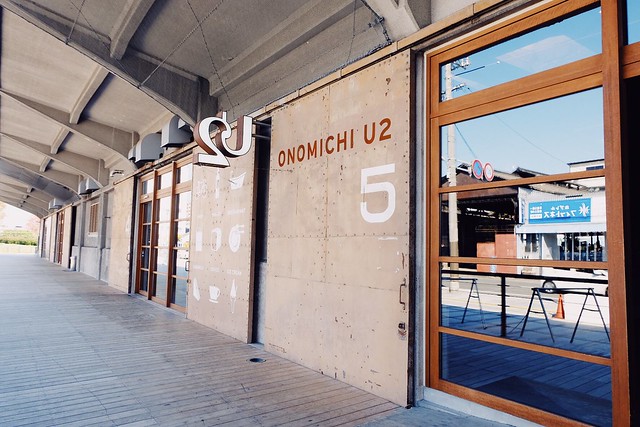
We settled our lunch at Onomichi U2, located at the starting point of Setouchi Shimanami Kaido – the only connection between Honshu (Japan’s main island) and Shikoku possible by foot or bicycle, also a famous Sea Crossing Cycling Route for cycling enthusiasts, where you can enjoy a ride as you appreciate the calm serene Seto Inland Sea.
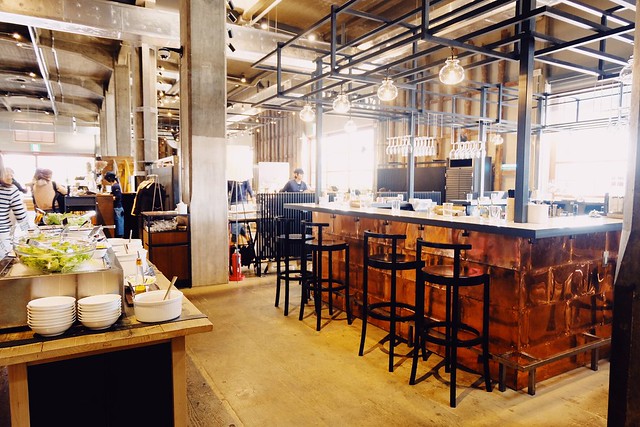
Onomichi U2 is renovated from a warehouse in 2014, and is turned into a cafe, a bakery, a boutique, a bicycle shop, and a cyclist hotel, all in one.
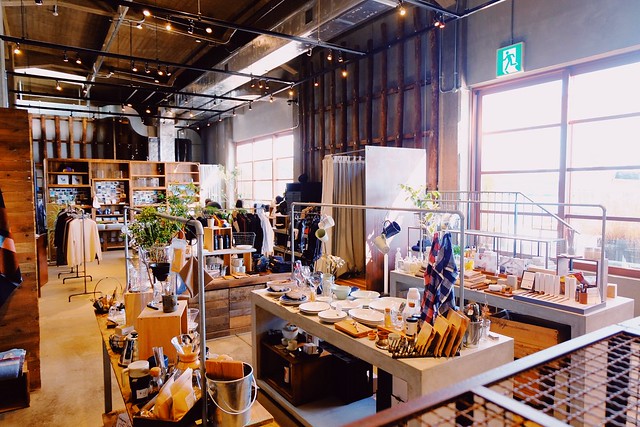
You can find lots of stylish and simplistic zakka (lifestyle goods) here as you wait for your meal. Hunt for your unique local goods for around the house, clothing, plants and books.

Aunty Cheesie shopping.

Shopping for cycling enthusiasts, where you can rent or buy high-quality road bikes.
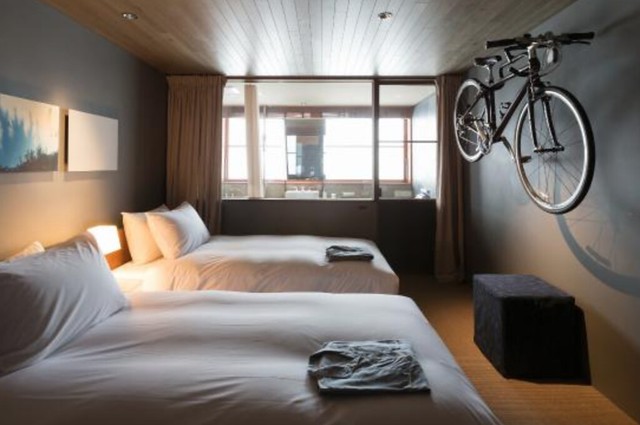
The room view from Hotel Cycle (image from Google). Rate starts from 18,200 yen.
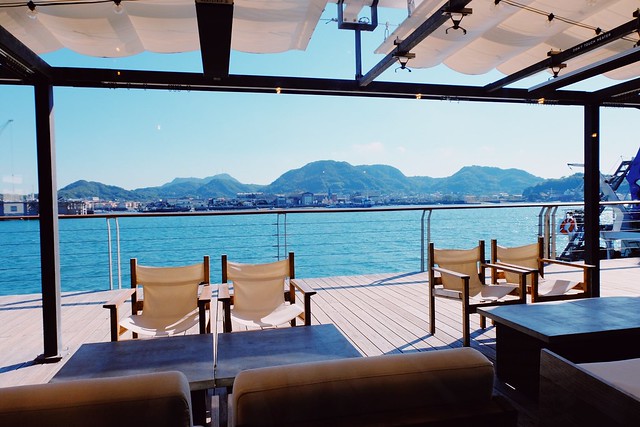
It was like a little resort where you seek serendipity. Enjoy the nautical feel from the outdoor waterfront deck.
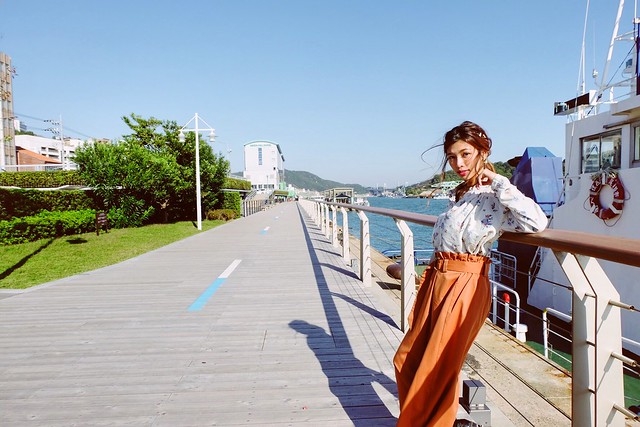
Spend a good hour relaxing here.
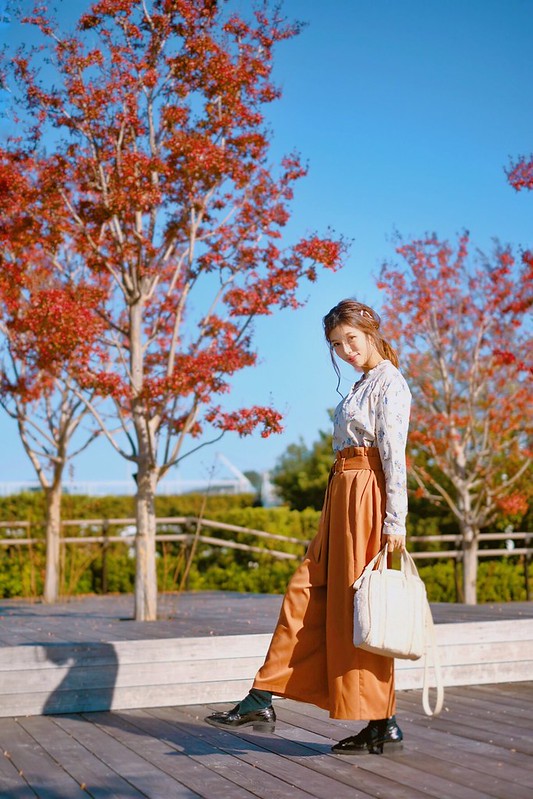
Pretty autumn view in season!
Onomichi U2 is 5 minutes walk from JR Onomichi station.
Kosanji Temple (耕三寺)
So, we were told to visit yet another temple. After the unbeatable beauty of Taichoro, I really wasn’t expecting a lot from this next visit.
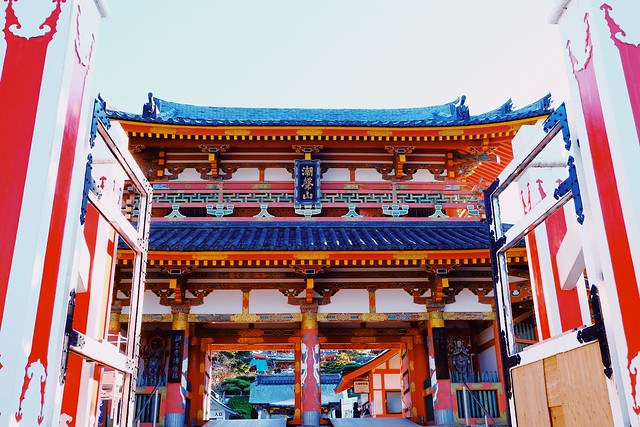
But I was wrong again.
Alright, it looks pretty majestic from the outside, but there’s much, much more. And actually to call it a temple is very misleading.

The architecture of Kosanji at the entrance bears lots of resemblance to the likes of Chinese Buddist temples. It was built by Koso Kosanji, a successful businessman in 1936.
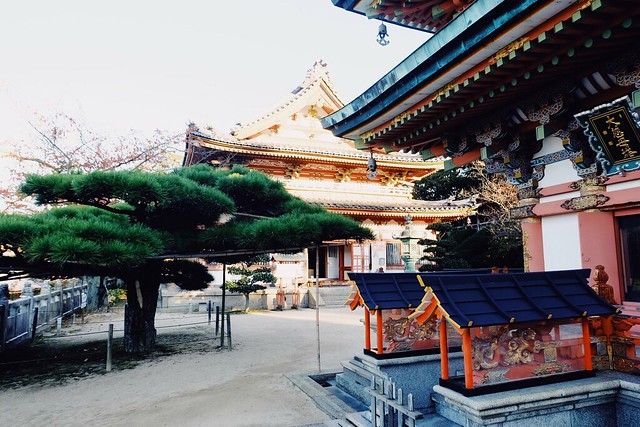
Lavishly decorated, you may also feel that you have seen it before, that is because some parts are modelled after famous temples such as the Toshogu in Nikko.
For a single person to build such an extensive, almost theme-park-like temple, he must be super rich. And what was it for?
His late mother.
The most elaborated, time-consuming gift for a mom, ever. After his mother’s death, Kosanji quit his job and became a buddhist priest, he founded this temple in his mother’s honour and devoted the next 30 years to its construction.
The 1000 Buddha’s Cave

This entrance leads to an underground cave. And it’s not for the faint-hearted because it is literally… stairway to hell. A Buddhist Hell.
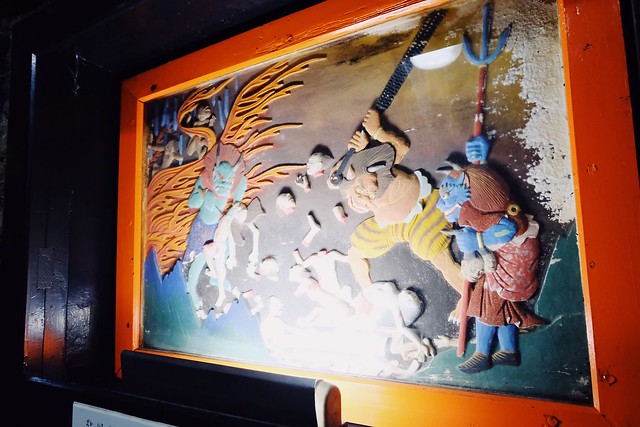
Along the dim, spooky cave, there are illustrations on both sides of the wall depicting the tortures in the Buddhist Hell. You will see lots of mutilated human body parts by the demons in hell.
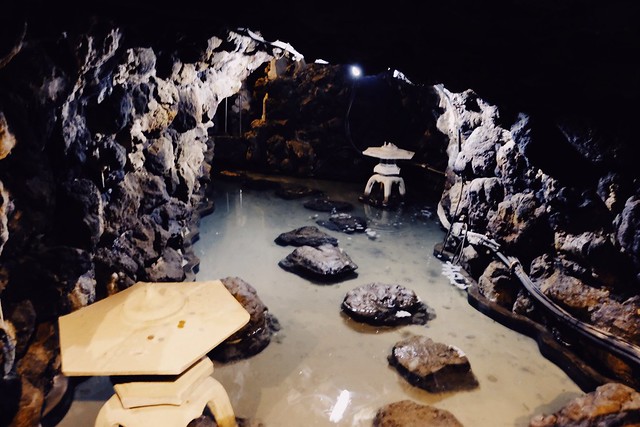
You will then pass through different parts of the cave featuring bridges, ponds and mini waterfalls.
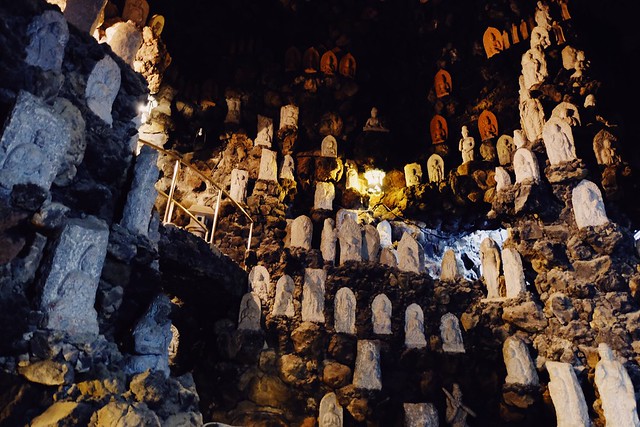
And then the impressive 1000 buddha statues.
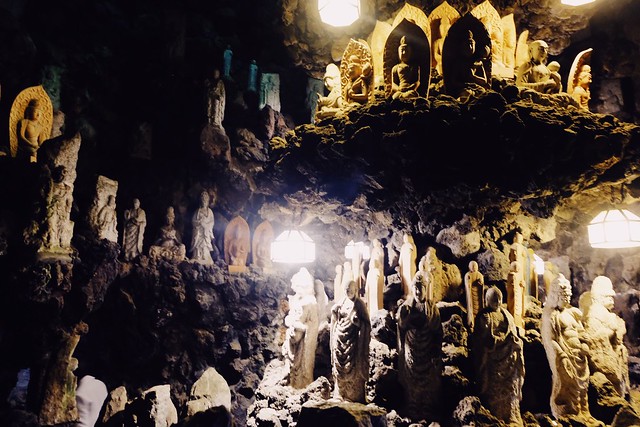
Finally, you survive hell and came up to see the light again.
Goddess of Mercy
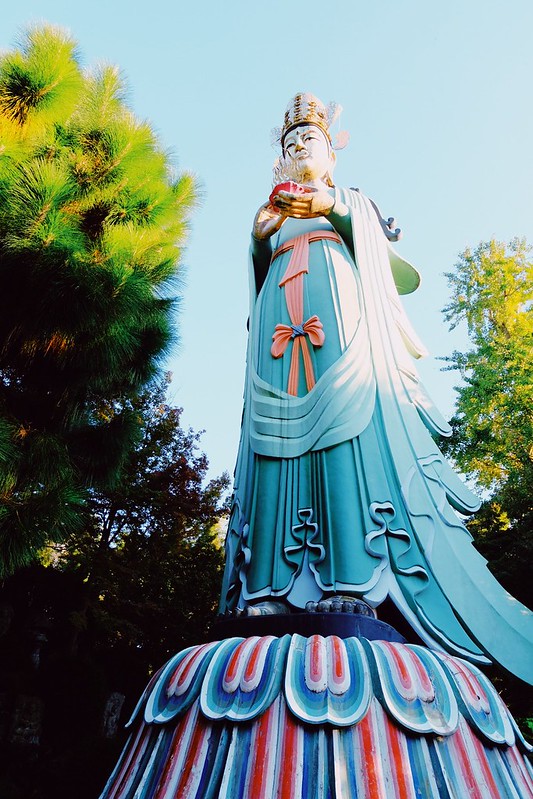
This is the 15 metre-tall statue of Kannon (観音).
Overall the buddhist religion is dominating the conceptualisation of this temple, but I was so amazed to see an interesting mix of elements in the interior.
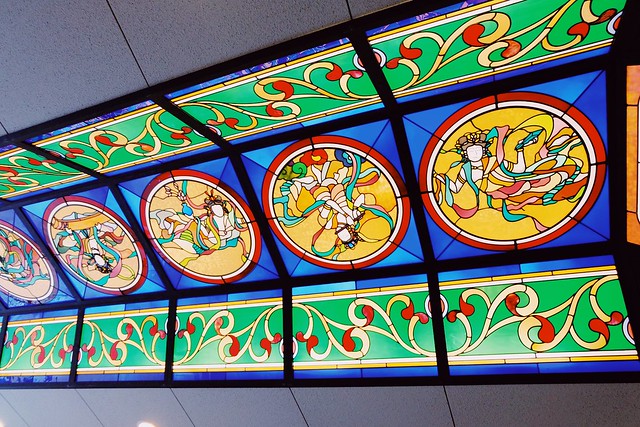
For example the stain-glass decor on the ceiling that’s often found in western churches featuring the Buddhist goddess.
Miraishin No Oka (未来心の丘)
And this.
While I could barely take my mind off the torturous images of decapitated human from the Buddhist Hell, suddenly I found myself sighing at the beauty of an amazingly artistic, slightly abstract an vaguely romantic hill top that reminded me of Santorini, where you take in sight a vast amount of pearly white and blue.
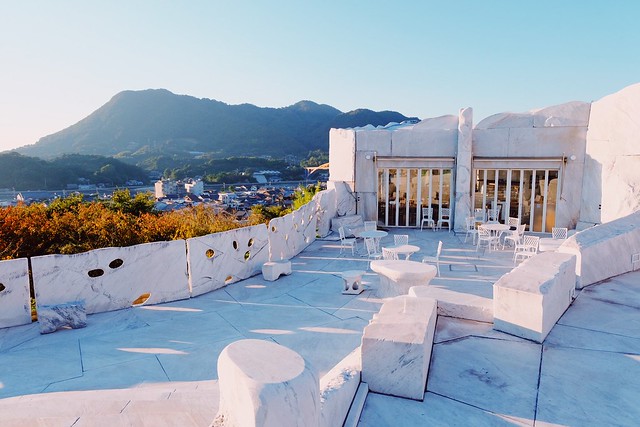
“The Heights of Eternal Hope for the Future”, this entire hill top is made of marble imported from Italy. This is the outdoor seating area of the Italian Cafe , also all made of marble.

Lots and lots and lots of marbles. In your face. Like, “Here. Come on and walk, sit, touch my expensive marble everything.”

For you #ootd.
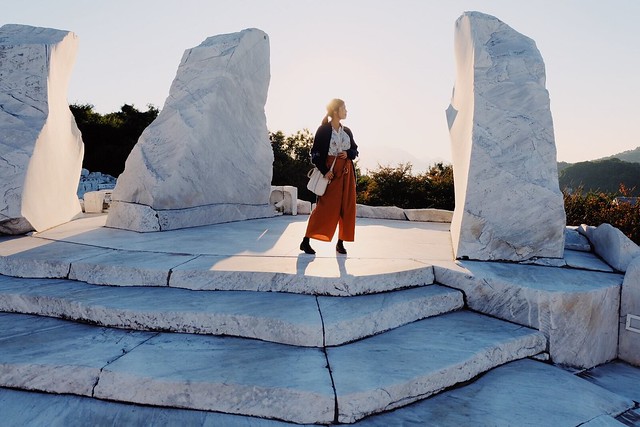
It was near sunset, it gives the marbles an unusual contrast of warm and cool tones.
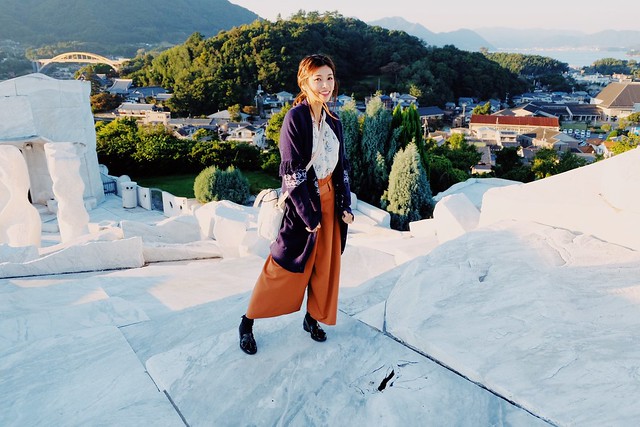
A gorgeous view of the town nearby.

You get a view of the sparkling Seto Inland Sea too.
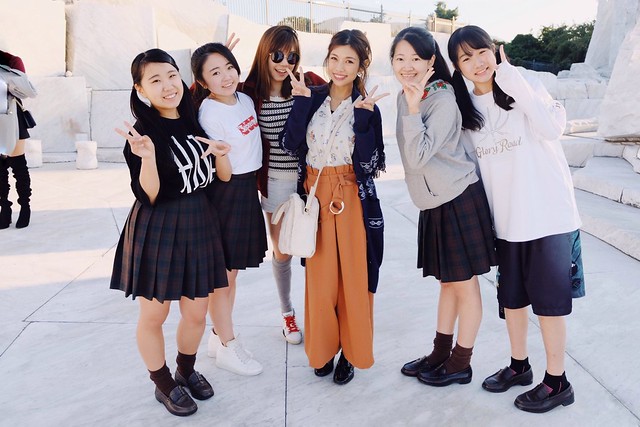
A few Joshikosei (女子高生) came up to me for a photo. Mistaken me for some famous people? HAHAHAHHA.

Relatively tourist-free, take your own sweet time to be dazzled by the view.
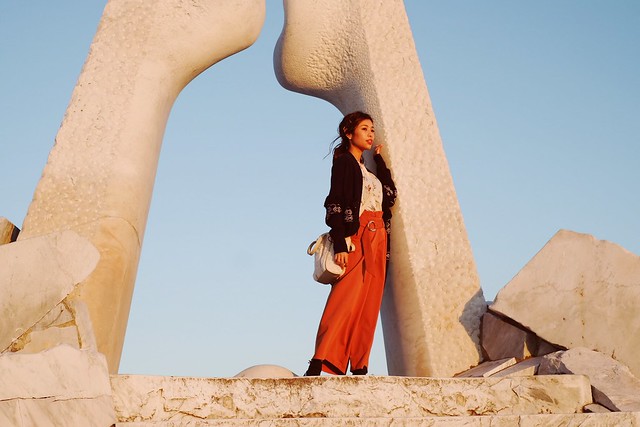
The Tower of Hope.
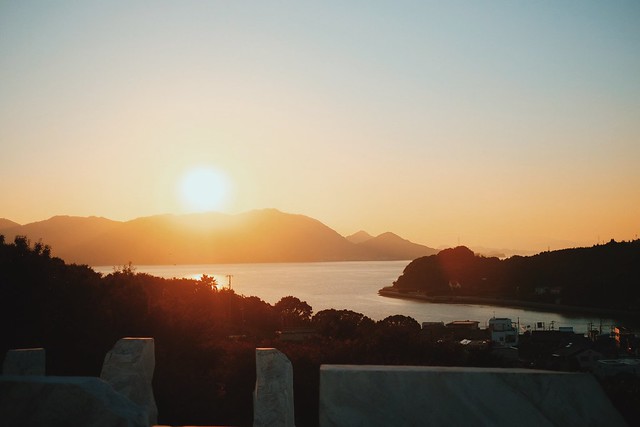
Sunset.
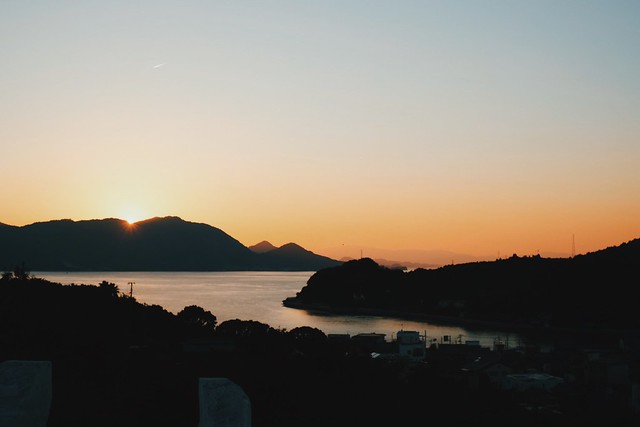
And that was the last, and very mesmerizing attraction of Hiroshima.
Dinner
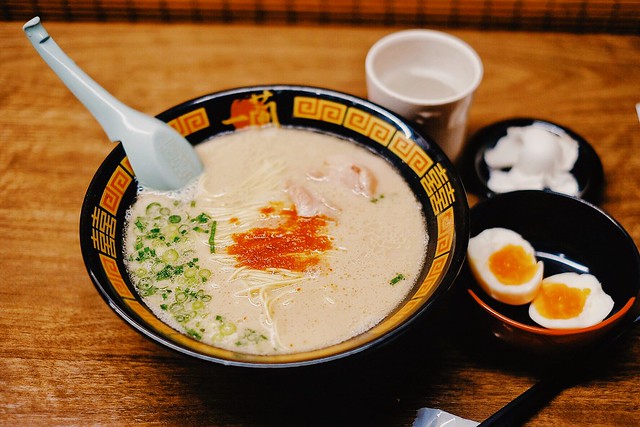
That’s right. Even in Hiroshima, Ichiran.

Before heading back to Singapore, I went grocery-shopping at a nearby supermarket. (That was before Donki open, so.)
Aunty Cheesie at her fullest potential.
That’s the end for Hiroshima this time. I hope you enjoyed the posts.
Next I am hoping to move back on to my summer holiday in Tohoku and Hokkaido.😅
Finally, thank you Silk Air for making this trip possible. It really makes me so happy to see more direct routes to different parts of Japan. I’m hoping for direct flights to Nagasaki next so that we get to go back “hometown” more often!!
Any offer, dear airliners??


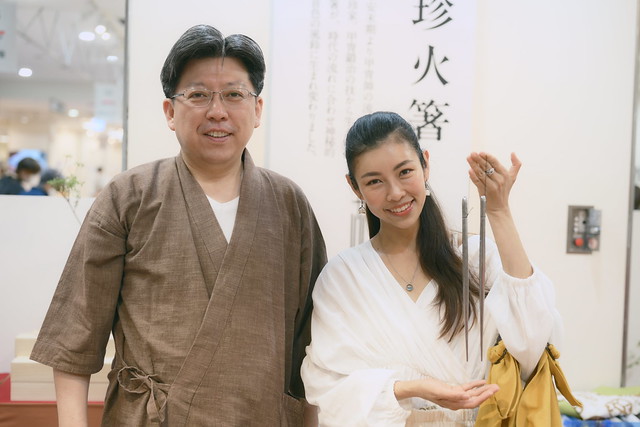
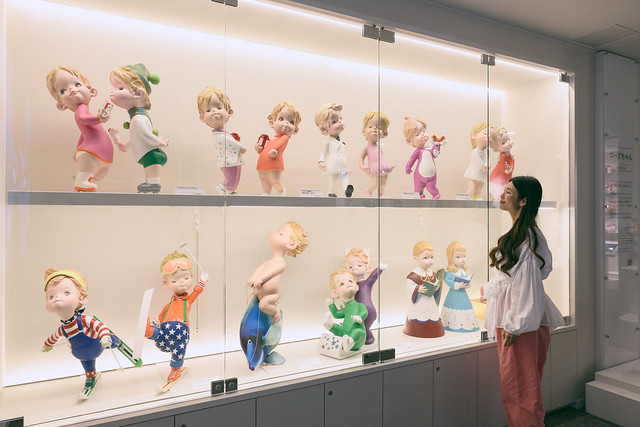




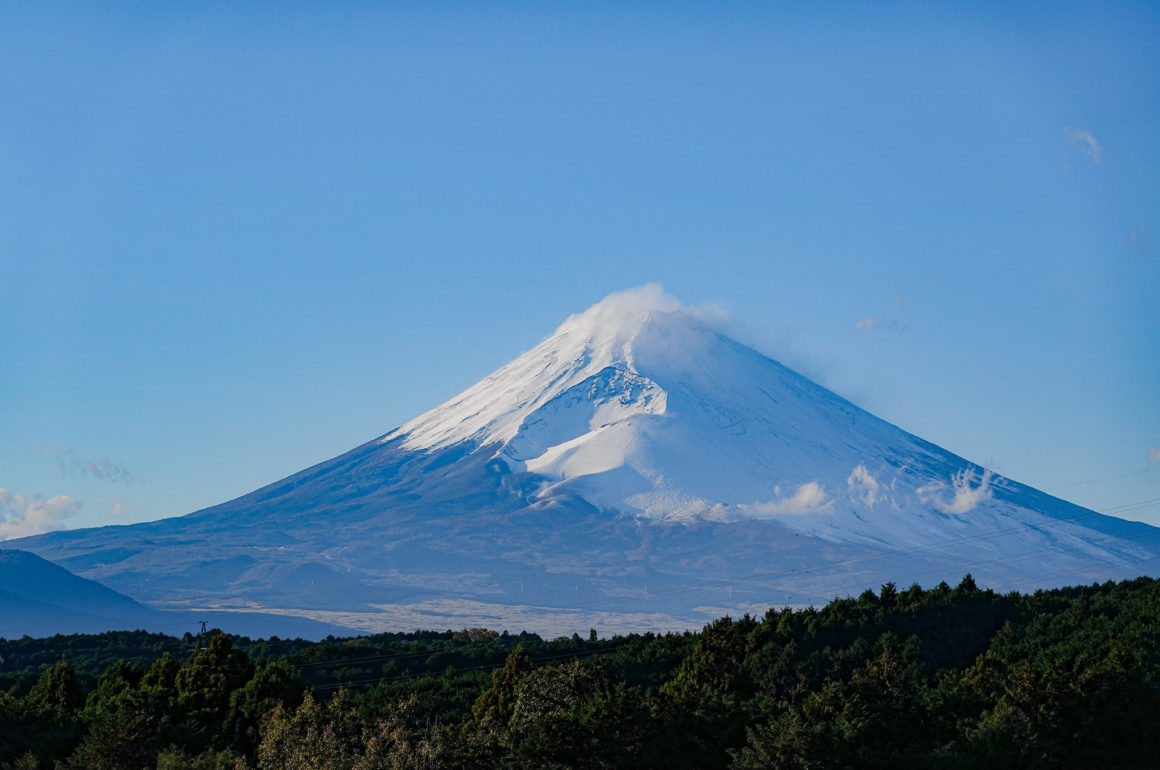

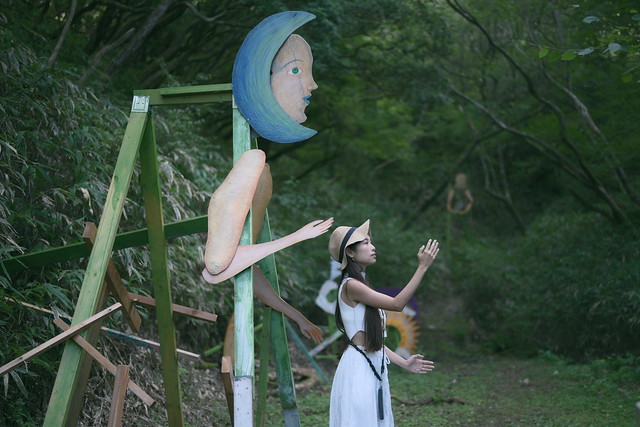
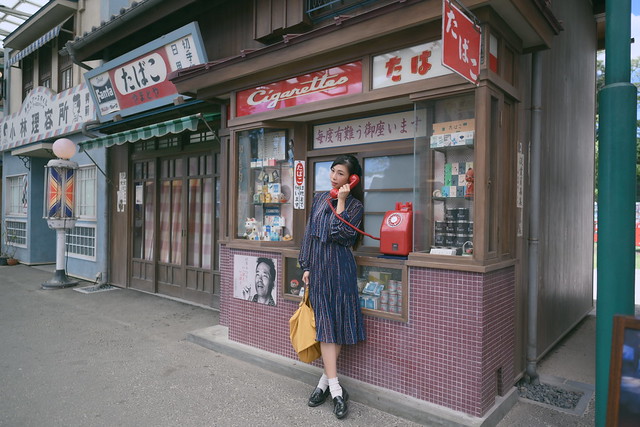

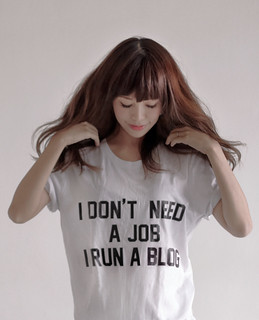

I’ll be in Hokkaido in summer too! Willl take your advice on self driving with the family! お互い楽しましょうね!
Have fun in Hokkaido Kana!!! ^^
Hi Cheesie,
Thank you for a lovely post. I was wondering whether you could do a post on stuff you buy / must buy! stuff from Don Quijote in SG. I went to the Don Quijote in Shinjuku…was a bit excited….and promptly didn’t know what to buy. Same goes for Don Quijote in SG. Totes clueless. This is, if you have time, of course. Many thanks in advance.
You can check out my #CheesieApproved highlight on IG. I often update it with new recommended items. However since everyone has vastly different needs (some are into cosmetics, some household items) so what I recommend may not be suitable for everyone. 🙂
Hi Cheesie, thank you for the final post. May I know how many days did u spent at Hiroshima? I’m visiting Hiroshima soon, just wondering whether 2d1n will be enough to cover all those places u mentioned in the blog. Hope to hear from u soon, thanks 🙂
We did 3D2N! However because we move by chartered bus, logistically it was very efficient. Onomichi and Tomonoura are two different places, I’m guessing you will need at least one full day to cover :). Of course then you will need another day for Miyajima and the city. But if you like taking it slow and easy, I’d say spend another day to explore the city because that’s what I didn’t get to do this time.
Wow, wow, wow, Miraishin No Oka looks amazing! I can’t believe I didn’t do a detour there when I visited Hiroshima (though I didn’t even know the place existed…) And how cute that the Japanese schoolgirls came up to you for a photo! ❤️
And don’t worry, I’m only 24 but I buy tons of groceries when I’m in Japan too… everything just seems better when it’s made in Japan, haha! 🙂
–
Charmaine Ng | Architecture & Lifestyle Blog
http://charmainenyw.com
Ahhh .. can’t wait for your Hokkaido post. Still not sure if I should travel during summer cause it seems hot & packed?